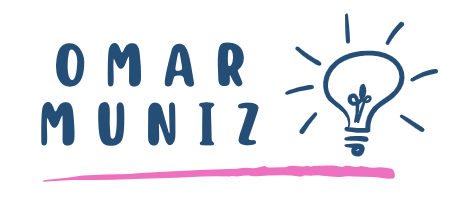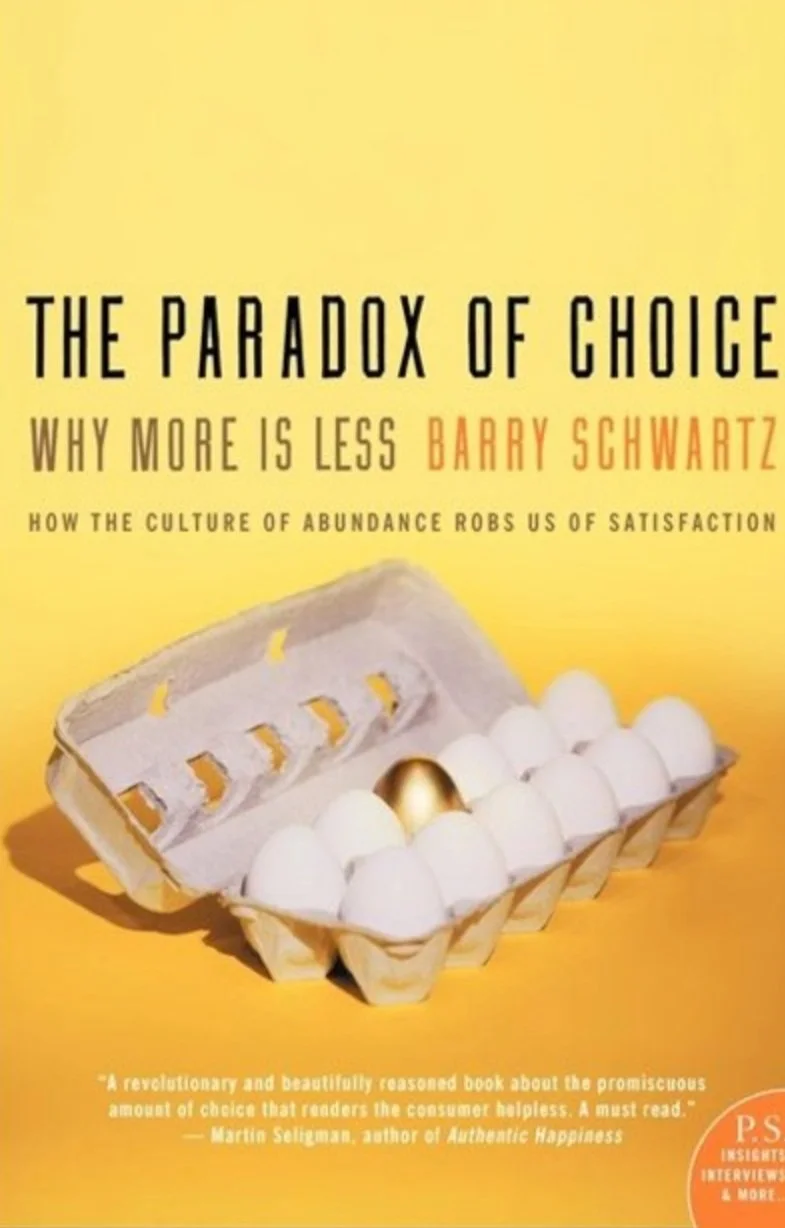The Paradox of Choice
By Barry Schwartz
Perhaps an unusual choice for a professional read, Schwartz’s Paradox of Choice has fingerprints all over my work.
The book was recommended to when while I was on Jellyvision’s sales team. That’s because its thesis was core to how Jellyvision sees the world. And that is, in simplified terms, that making important decisions is stressful. It’s especially hazardous when those decisions require expertise and the decision-makers lack it.
Schwartz’s book sheds light on a twisted little irony that pervades societies organized around capitalist economies. That the abundance of choice frequently produced by such economies can paralyze consumers into indecision, or even lead to anxiety or depression when a consumer expresses remorse over the other choices not made. In short, the more choice we have isn’t always better.
Now, one solution to this wicked Catch-22 isn’t to fall to the opposite extreme by stripping people of choice. Instead, it’s to offer meaningful decision support when people need it most.
This thesis was central to Jellyvision’s ALEX, a decision support experience that helped regular people navigate complex healthcare and retirement choices. I spoke about Schwartz’s book often during pitches.
But the tenants of Schwartz’s book stayed with me well beyond my time at Jellyvision. I’m reminded of it in any customer-facing role I’ve been in, when working with customers tasked with making high-stakes decisions around complex, expensive software. In these situations, I try to reduce indecision and anxiety by guiding them through their choices.
Schwartz’s book even echoed in my responsive design for an International Film Festival site, which removes decision-making friction around unknown films by surfacing recommendations based on a user’s taste. Building an empathy map of the user’s typical experience when planning to attend film festivals was key to this design.
By my read, the Paradox of abundant choices isn’t going anywhere. Examples abound (I mean, has anyone else shopped for baby strollers lately?). But if we recognize these choke points and truly empathize with the pain of decision-making, we can design thoughtful products that empower people to make informed choices.

